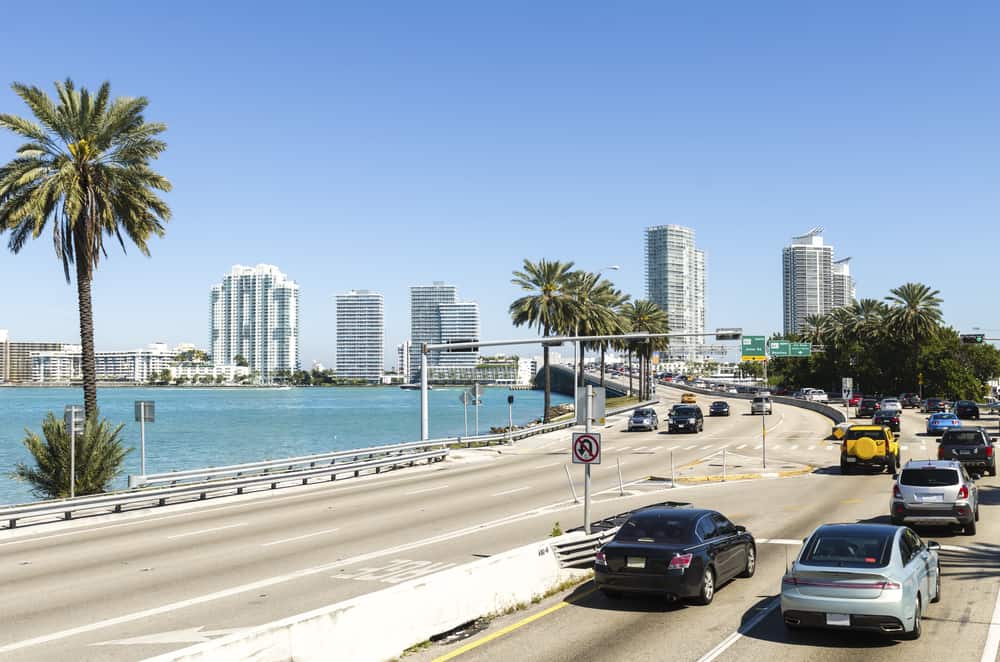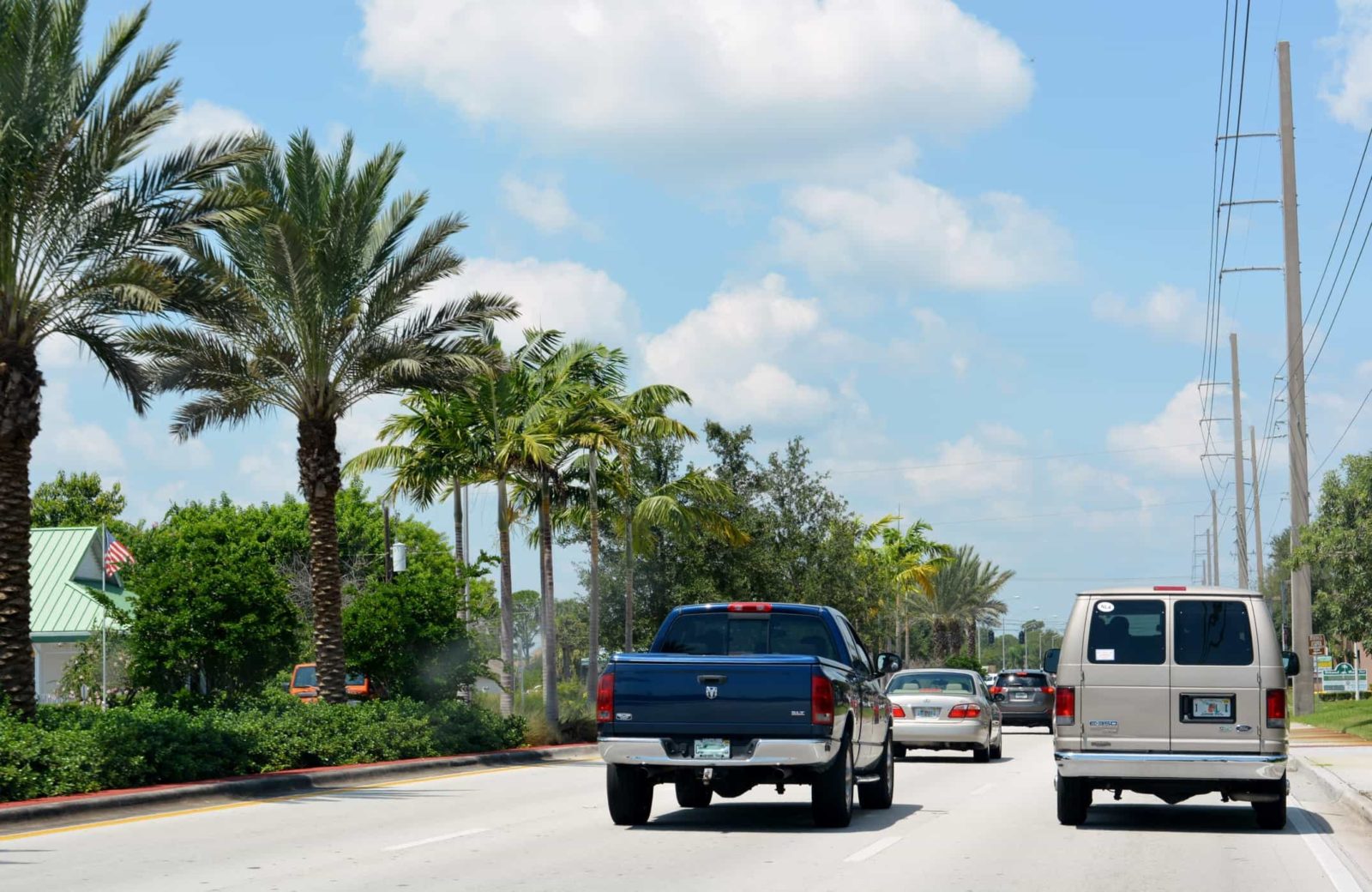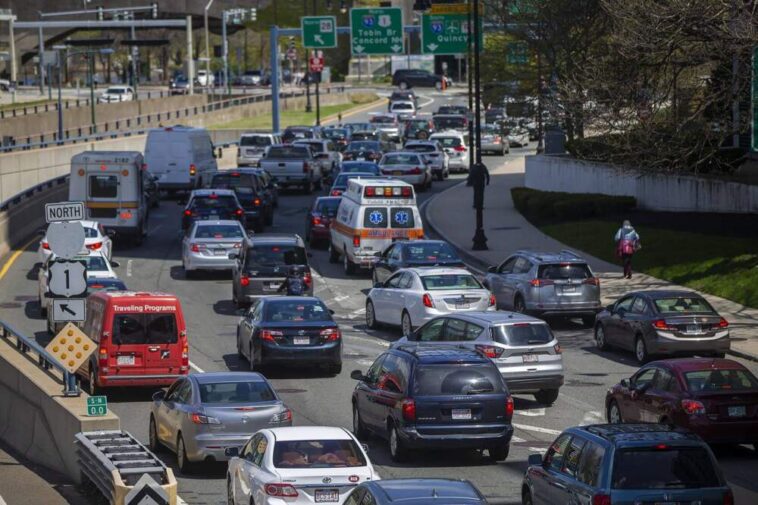Are you daydreaming about a sun-soaked getaway to Florida or perhaps considering a more permanent move to the Sunshine State? If driving down the tropical boulevards, breezy coastal highways, or through the bustling city streets is in your plan, then you’ve stumbled upon the perfect guide.
Whether you’re charting a course for a vacation filled with beachside bliss or setting your GPS towards a new home amid Florida’s palm groves, understanding the ins and outs of Floridian roads is essential. This comprehensive article will illuminate the vital aspects of navigating Florida’s diverse roadways, making your journey as smooth as the state’s famous Key lime pie.
Florida’s Toll Roads: Paying the Piper
Florida’s highway network is a labyrinth of freeways and toll roads. If you’re visiting from out of state, carrying some spare change may be beneficial. Tolls are a common feature in Florida, and although electronic collection systems like SunPass are available, not every visitor needs to sign up for such services. A rented vehicle, for instance, may already include a transponder. On the other hand, those who have recently moved to Florida and plan on using the toll roads frequently would benefit from getting a SunPass to enjoy discounted toll rates.
Planning your routes can also prove helpful. Certain highways, like parts of I-75 and I-95, are toll-free. Hence, crafting a clever journey that avoids unnecessary tolls can make your Florida driving experience more economical and hassle-free.
Key Road Rules: The Floridian Way

Like every state, Florida has its unique blend of road laws and regulations. For instance, while the use of hazard lights in motion is generally discouraged in many states, it’s illegal to use them in Florida, except in cases of funeral processions or when the vehicle is lawfully stopped or disabled.
Another notable law in Florida pertains to the “Move Over Law.” This law obliges drivers to change lanes or slow down when passing emergency vehicles, tow trucks, or utility service vehicles that are parked on the roadside with flashing lights.
When it comes to driving under the influence (DUI) and driving while impaired (DWI) laws, Florida has strict regulations. Drivers convicted of a DUI offense are often required to have an ignition interlock device installed in their vehicle. This device prevents the vehicle from starting if the driver’s blood alcohol concentration is above a certain limit, thereby enhancing road safety. The cost of a Florida interlock installation falls on the individual. Between hiring a lawyer, paying fines, having an ignition interlock device installed, and the overall dangers of drunk driving, it’s safe to say you should never get behind the wheel of a car while intoxicated.
Navigating Risky Routes: The Highways of Hazards
Florida’s roadways, while scenic and diverse, are statistically some of the most hazardous in the nation. Highways such as I-4 and US-1 are notorious for their accident rates. To navigate these roads safely, it’s essential to be proactive and vigilant.
Always maintain a safe following distance, as sudden braking is a common cause of accidents on these busy highways. Speed limits should also be strictly observed. Remember, in Florida, the faster you go, the bigger the fine. In adverse weather conditions, which are common due to Florida’s tropical climate, slow down and turn your headlights on, but remember to keep your hazard lights off unless your vehicle is stationary.
Other good practices include avoiding distractions while driving and always wearing your seatbelt. According to Florida law, all front-seat occupants and all passengers under 18 must use seat belts.
Here are a few more important things to consider when it comes to driving in Florida:
The Right Lane Rule

Florida law dictates that if you’re driving slower than the normal speed of traffic, you must stick to the rightmost lanes. This allows faster vehicles to safely overtake without causing unnecessary road rage or traffic congestion.
When Wildlife Wanders
Florida’s diverse fauna often finds its way onto the road. Be especially alert at dawn and dusk when animals are most active. In the event of an unavoidable collision, it’s safer to hit an animal than swerve and potentially lose control of your vehicle.
Hurricane Evacuation Routes
During hurricane season, certain roads in Florida are designated as hurricane evacuation routes. Familiarize yourself with these routes and follow the instructions of local authorities when necessary. Remember, your safety comes first.
Sunshine State Surprises: Unexpected Weather Woes
Florida, known for its endless summer and pristine beaches, also hosts unpredictable weather patterns. It’s not uncommon to experience sudden torrential downpours even on a sunny day. These flash rains can lead to slippery roads and reduced visibility. If caught in such a situation, drivers are advised to turn on their headlights, maintain a safe following distance, and reduce speed. Avoid using hazards unless the vehicle is stationary. Being prepared for these unexpected showers will ensure a safer driving experience in the Sunshine State.
The Elderly and Tourist Tango: Understanding Florida’s Unique Driving Mix

One of the unique challenges of driving in Florida is navigating the blend of elderly residents and tourists. Snowbirds and senior citizens, many of whom may drive at a slower pace, are a common sight, especially during the winter months. At the same time, Florida’s status as a top tourist destination means unfamiliar drivers are ever-present. They might be unpredictable, making sudden stops to check directions or to admire a scenic spot. Patience is key. Being understanding and anticipating erratic moves, like sudden lane changes or unexpected turns, will help in ensuring a smooth driving journey amidst this unique mix.
Conclusion
Driving in Florida is as much about following the rules of the road as it is about adapting to its unique landscape and climate. Understanding Florida’s unique road rules, being aware of the risks, and planning your journeys can enhance your driving experience in this diverse and beautiful state. So, whether you’re cruising along the Keys or maneuvering through Miami, equip yourself with these tips and enjoy the ride!




